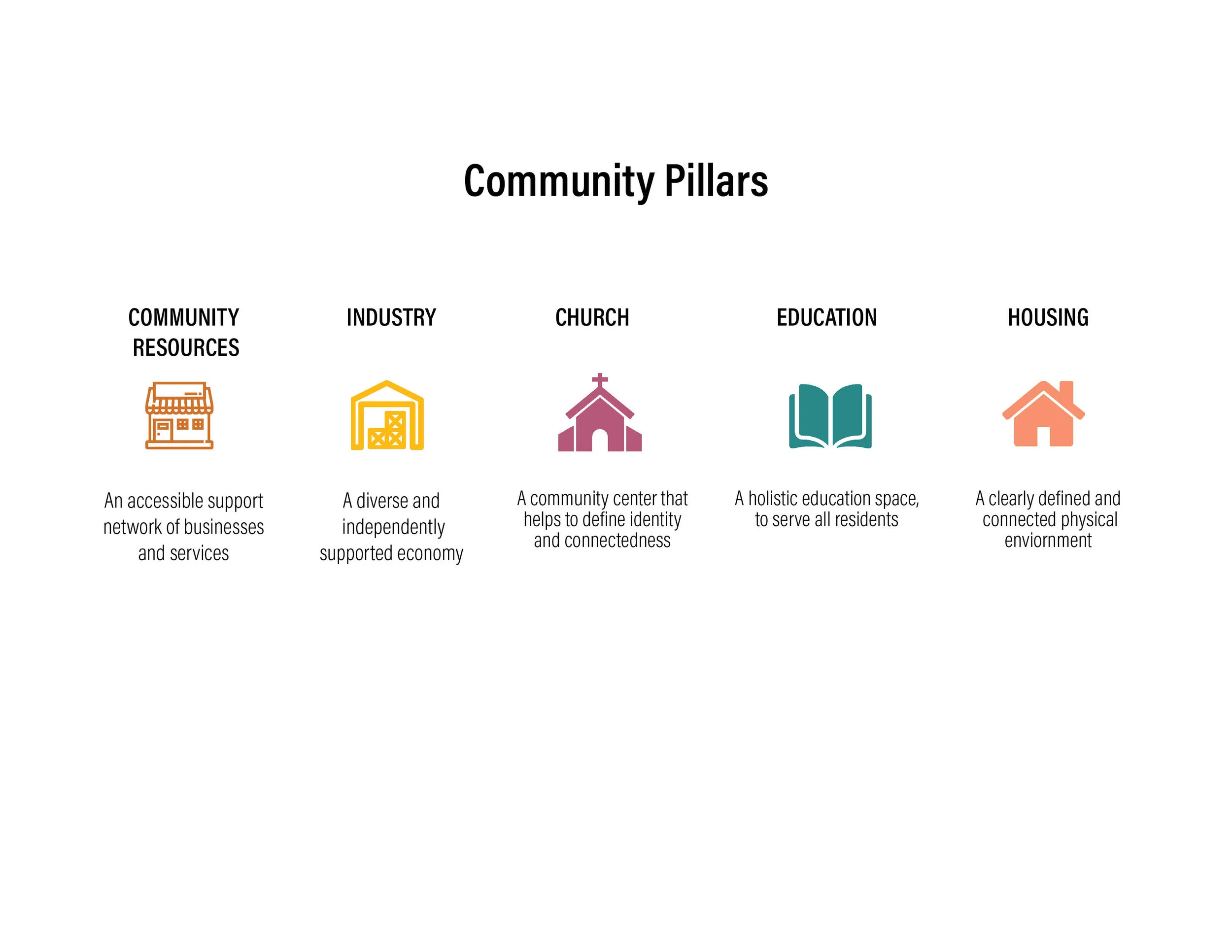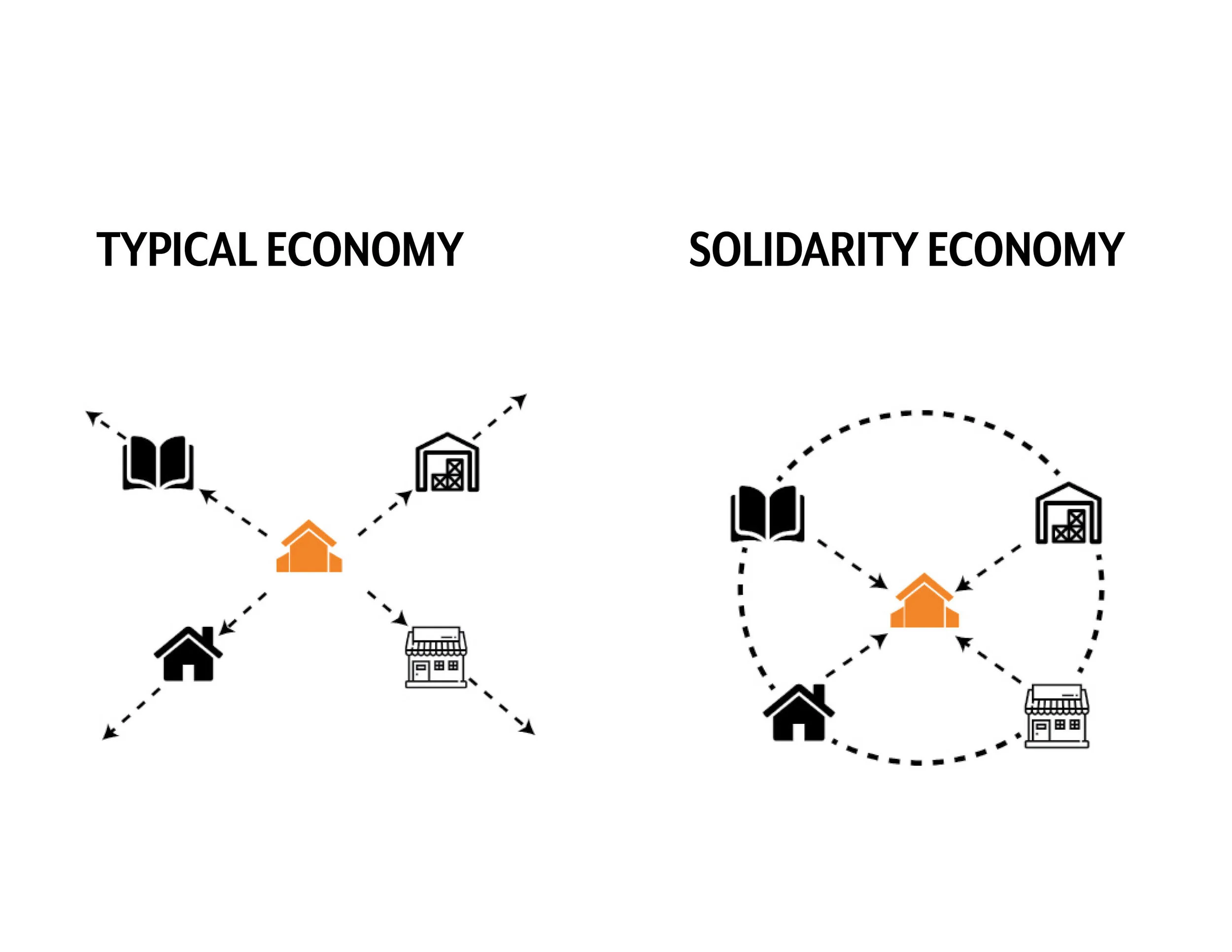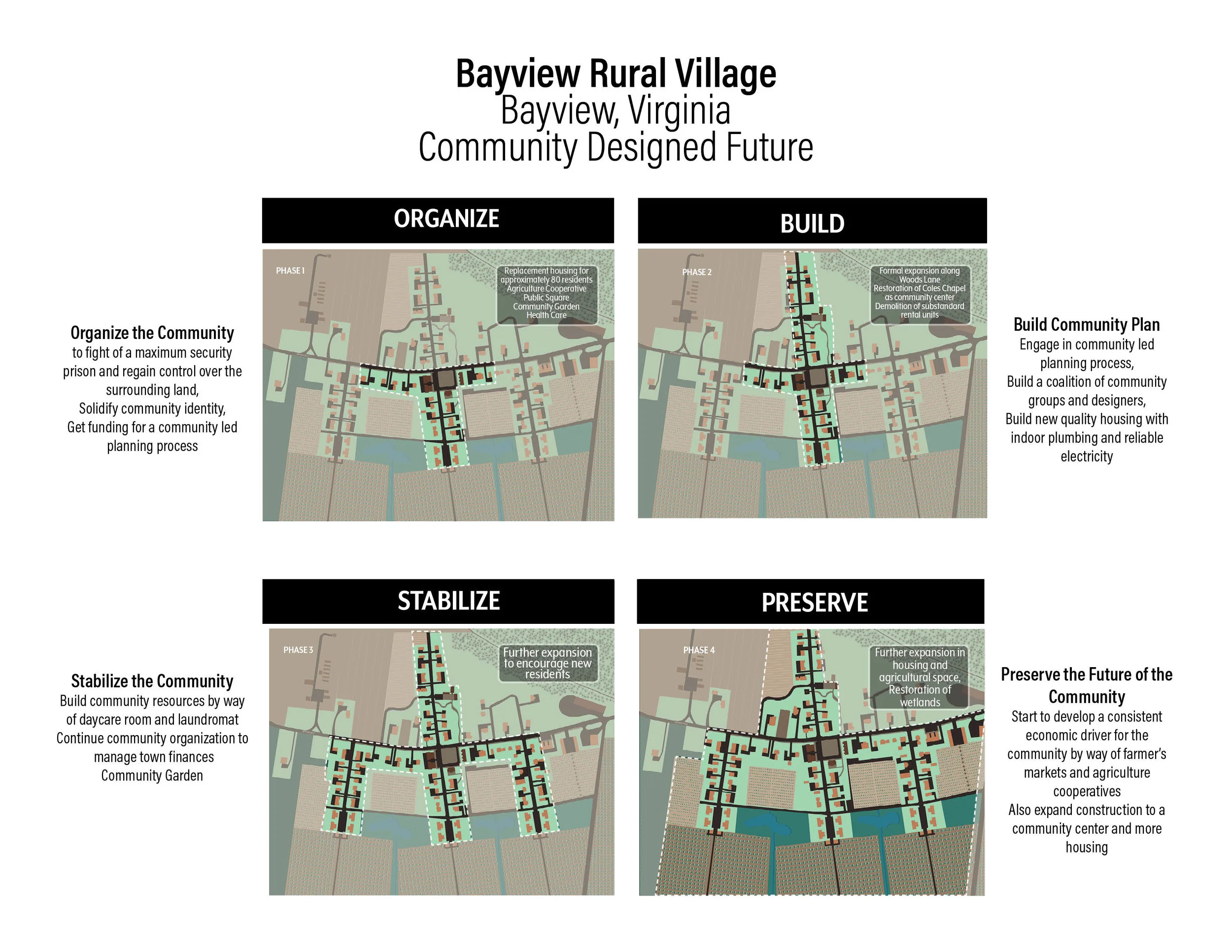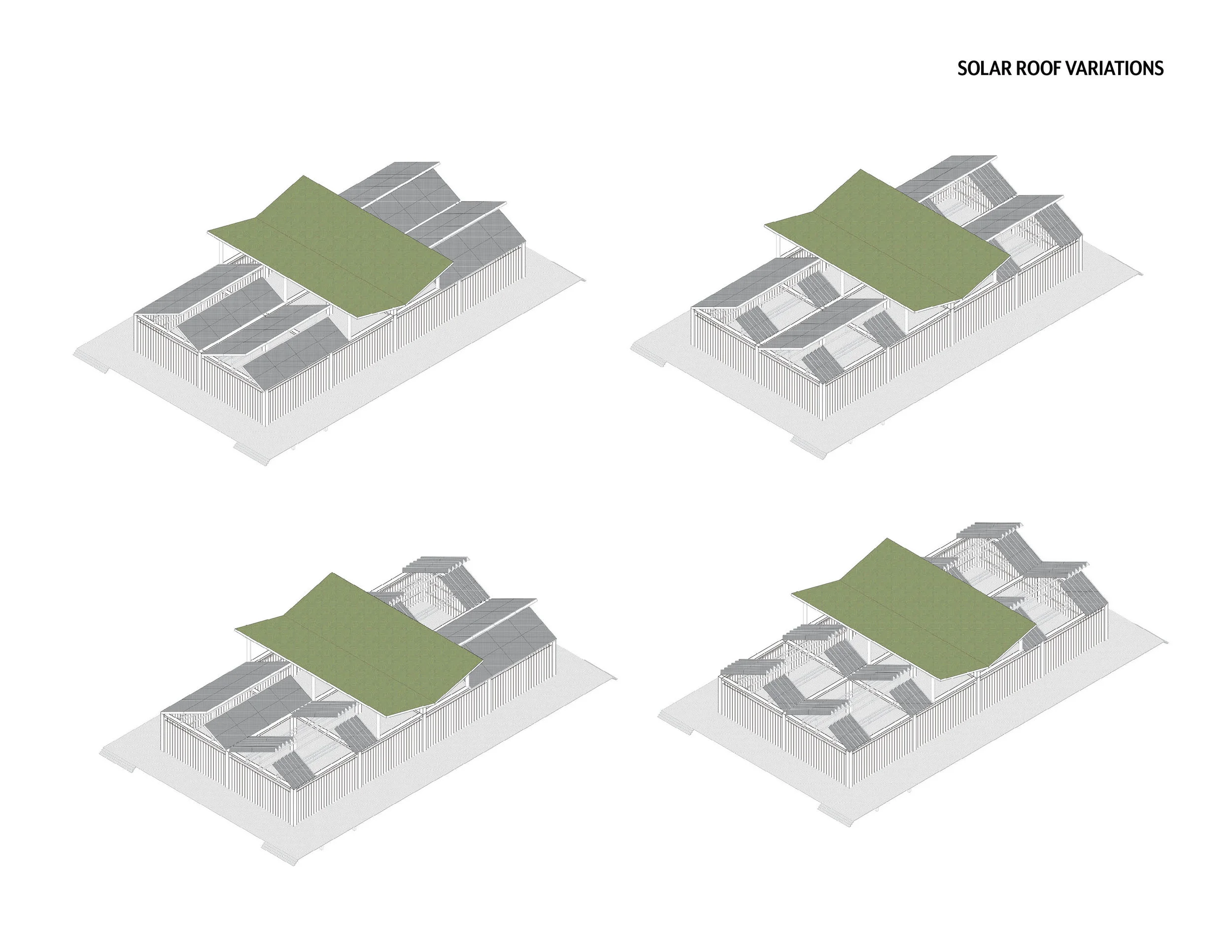[Re]Construction:
Black Space + Collectivity
Throughout graduate school, it was painfully clear that the only narrative of Black people and space in the history books and classes, and design courses that I took was going to be as passing reference to trauma, and that any bit of agency had been intentionally left out of our histories. This is an intentionally limited history, that ignores the longstanding tradition of Black people reclaiming their agency by force, and by design. For my joint thesis between the architecture and city planning departments, I wanted to reclaim and seriously interrogating the traditional work of community building in Black spaces.
A Truncated History of Black Towns
The historic cases are organized in the four basic categories. The first being pre-Civil War towns, which largely functioned as integrated company towns that became Black after an economic crisis. Mid Civil War towns, that operated as government sanctioned experiments in allowing Black people to have control over their community’s structure, governance, and economy. Post-war towns were started as Black people saved enough money in the reconstruction era to purchase plots of land and self-segregate away from the dangers of white societies. My major case studies are Pocahontas Island, Va; Mitchelville, SC; Eatonville,FL; Rosewood, FL; Davis Bend, MS; Mound Bayou, MS; and focused contemporary case is Bayview, VA. I analyzed the case studies along a metric a of economic stability & potential, Environmental stability, Housing stability, community identity & organization, and longevity. The idea being that I could then build a generalizable means of understanding the tactics of self-determination throughout the South.
Pillars of Black Placemaking
The basic premise behind using these pillars as an assessment tool is that they determine the health and sustainability of a community. In a typical economy the local resources are extracted in order to serve others, but in a collective solidarity economy, those resources are contained and recycled to serve and support the localized community.
The Community Porch
As the result of a more in-depth look at the Bayview Rural Village and placemaking in rural Black communities, the missing link seemed to be a community center. Somewhere that could serve the various needs of a community as they arise. Somewhere that the community could control as opposed to being controlled, and somewhere that serves as a unifier. The community porch idea was intended to serve as a literally transformable place, with moveable walls and solar roof panels. A space to go in a time of emergency that also served as a rain garden to protect against the flooding during heavy storms. A space for churches, after-school programming, and community education.








